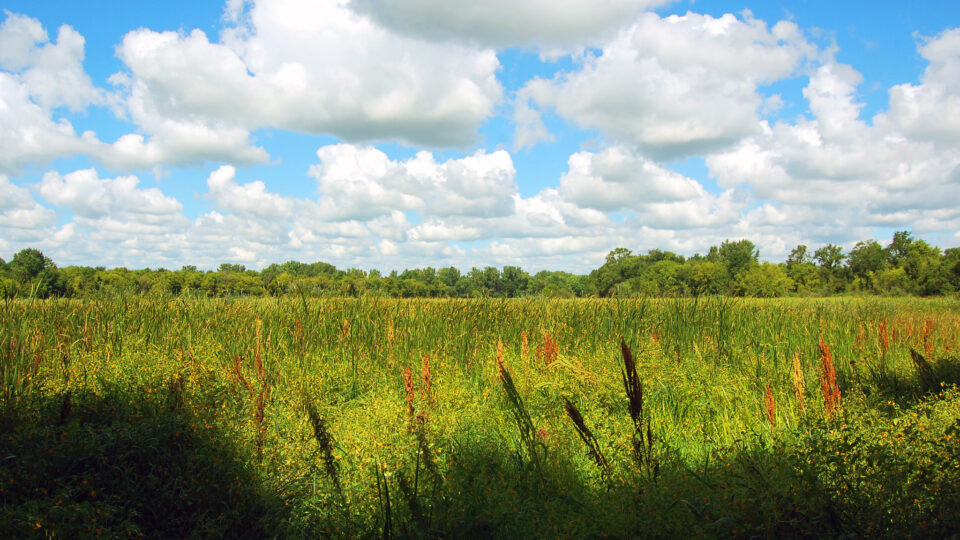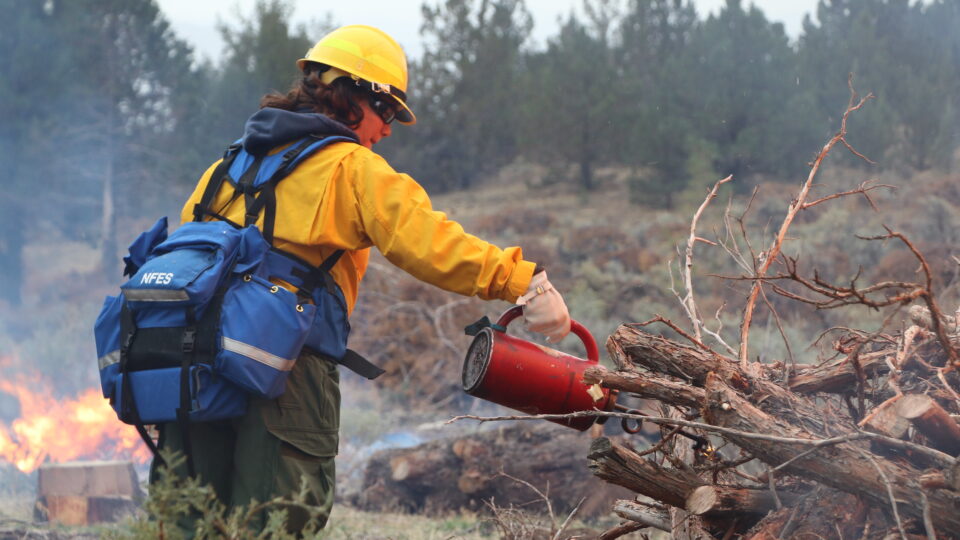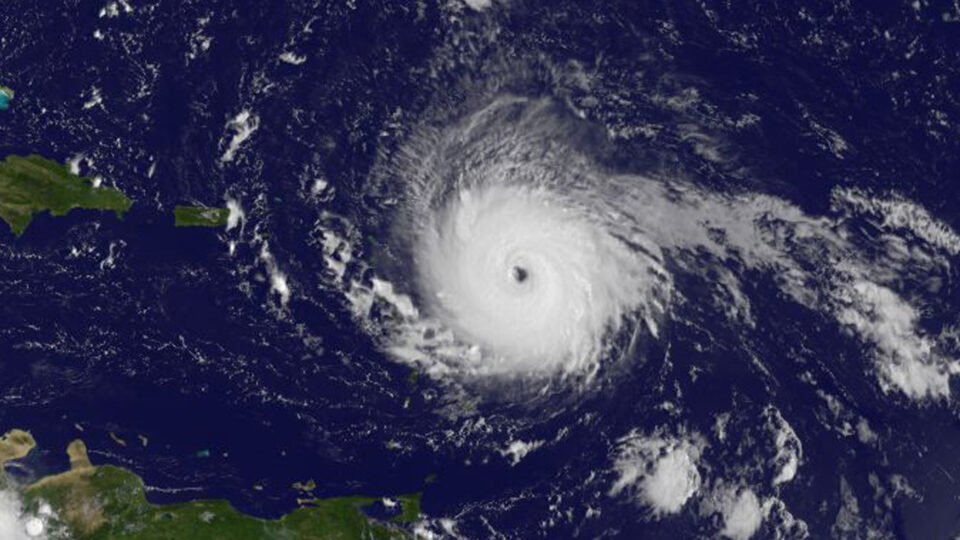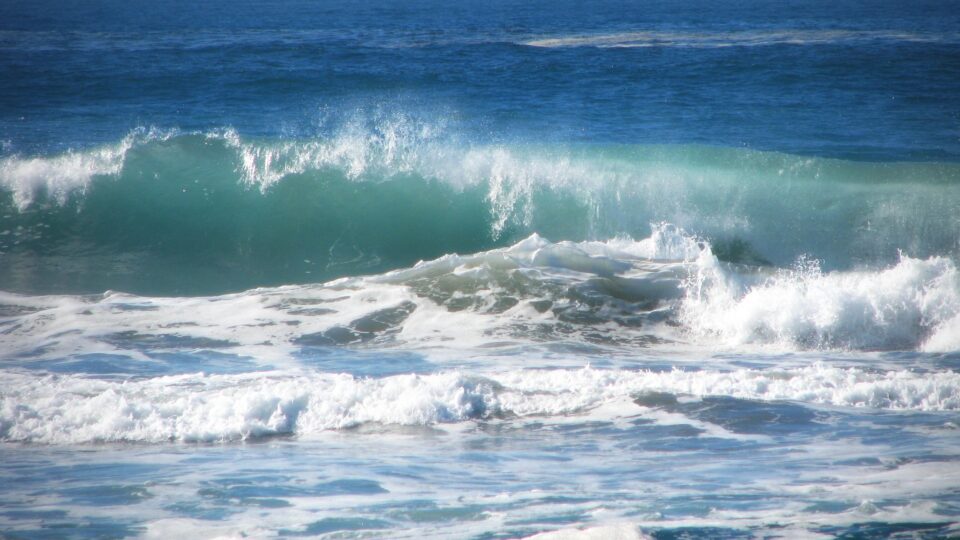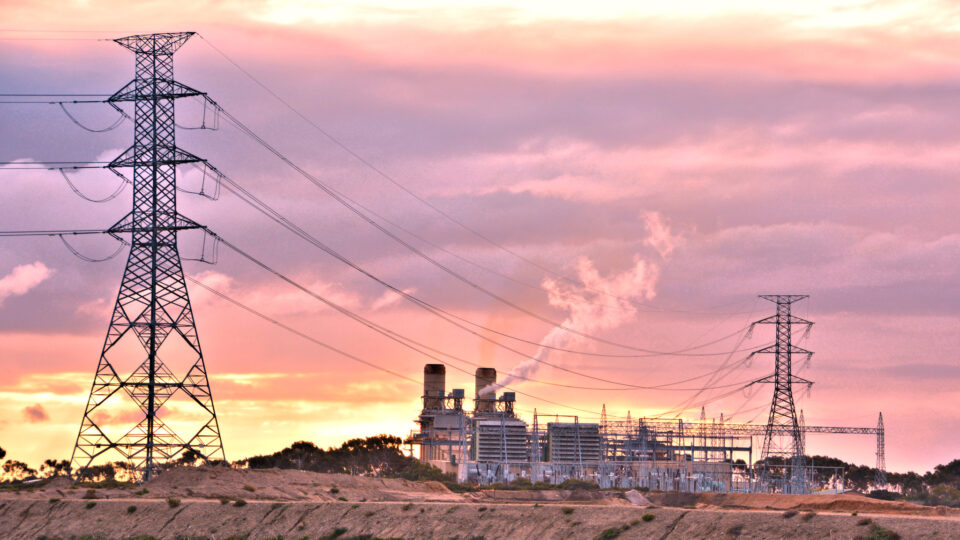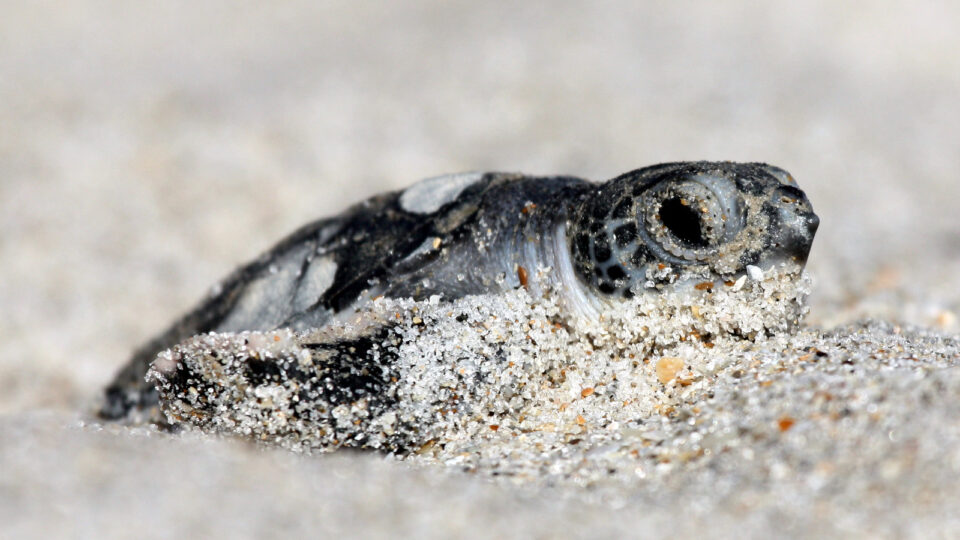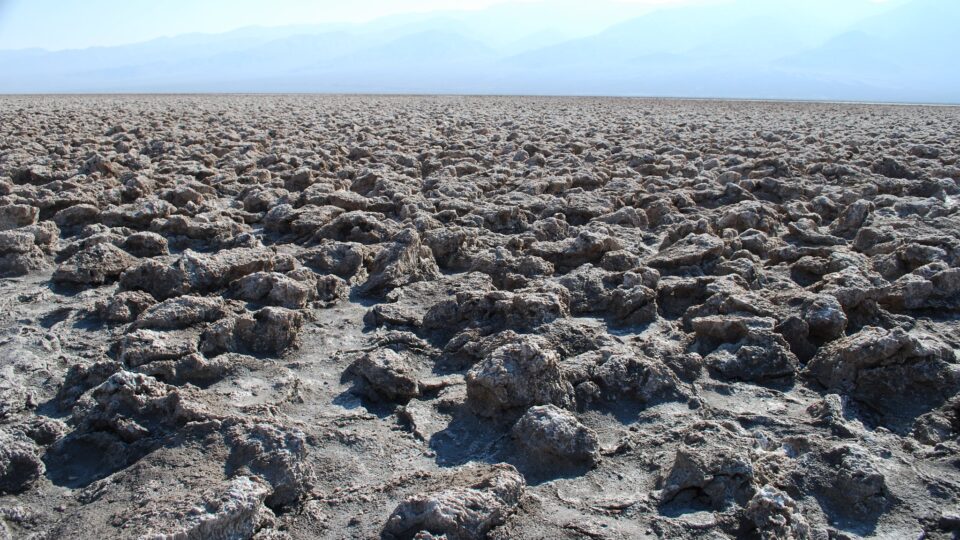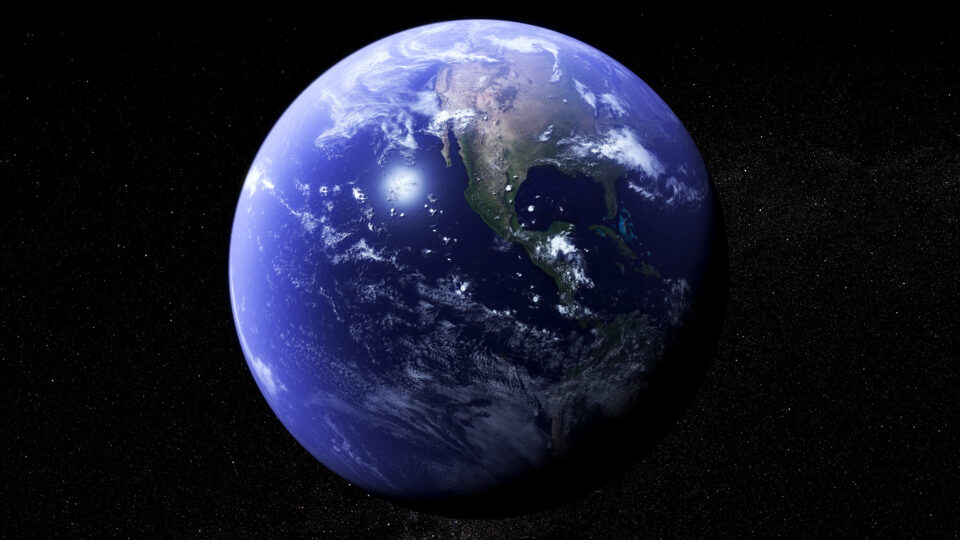The geographic range of a particular plant or animal species is the area in which it can be found during its lifetime. The range of most species is limited by climatic factors, including temperature, precipitation, soil moisture, humidity, and wind. Any changes in the magnitude or variability of these factors will impact the species living there.
For example, a species sensitive to temperature may respond to a warmer climate by moving to cooler locations at higher latitudes or elevations.
But not all species are able to move at the same speed. According to an international research team led by scientists from the University of Massachusetts Amherst, non-native species are expanding their ranges many times faster than native species.
The researchers found that land-based plant and animal species need to be shifting their ranges by about two miles per year just to keep up with the rapid pace of the changing climate. Marine species need to be moving about 1.7 miles per year. However, native species are only managing to move about one mile per year on average.
Non-native species, on the other hand, are spreading nearly 22 miles each year on their own. Additionally, when the role humans play in assisting the spread of non-native species is factored in, the rate jumps to a whopping 1,170 miles per year. This is more than 1,000 times faster than the rate at which native species are spreading.
The researchers conclude that there is no chance for native species to keep up with climate change without human help. Assisted migration needs to be on the table if native plants and animals are to survive.
**********
Web Links
Non-Native Plants and Animals Expanding Ranges 100 Times Faster than Native Species
Photo, posted April 10, 2011, courtesy of Bri Weldon via Flickr.
Earth Wise is a production of WAMC Northeast Public Radio

